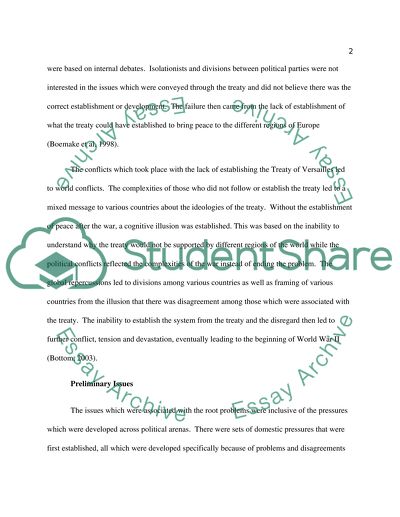Cite this document
(“How the Treaty of Versailles Created More International Conflict after Research Paper”, n.d.)
How the Treaty of Versailles Created More International Conflict after Research Paper. Retrieved from https://studentshare.org/history/1441918-how-the-treaty-of-versailles-created-more
How the Treaty of Versailles Created More International Conflict after Research Paper. Retrieved from https://studentshare.org/history/1441918-how-the-treaty-of-versailles-created-more
(How the Treaty of Versailles Created More International Conflict After Research Paper)
How the Treaty of Versailles Created More International Conflict After Research Paper. https://studentshare.org/history/1441918-how-the-treaty-of-versailles-created-more.
How the Treaty of Versailles Created More International Conflict After Research Paper. https://studentshare.org/history/1441918-how-the-treaty-of-versailles-created-more.
“How the Treaty of Versailles Created More International Conflict After Research Paper”, n.d. https://studentshare.org/history/1441918-how-the-treaty-of-versailles-created-more.


